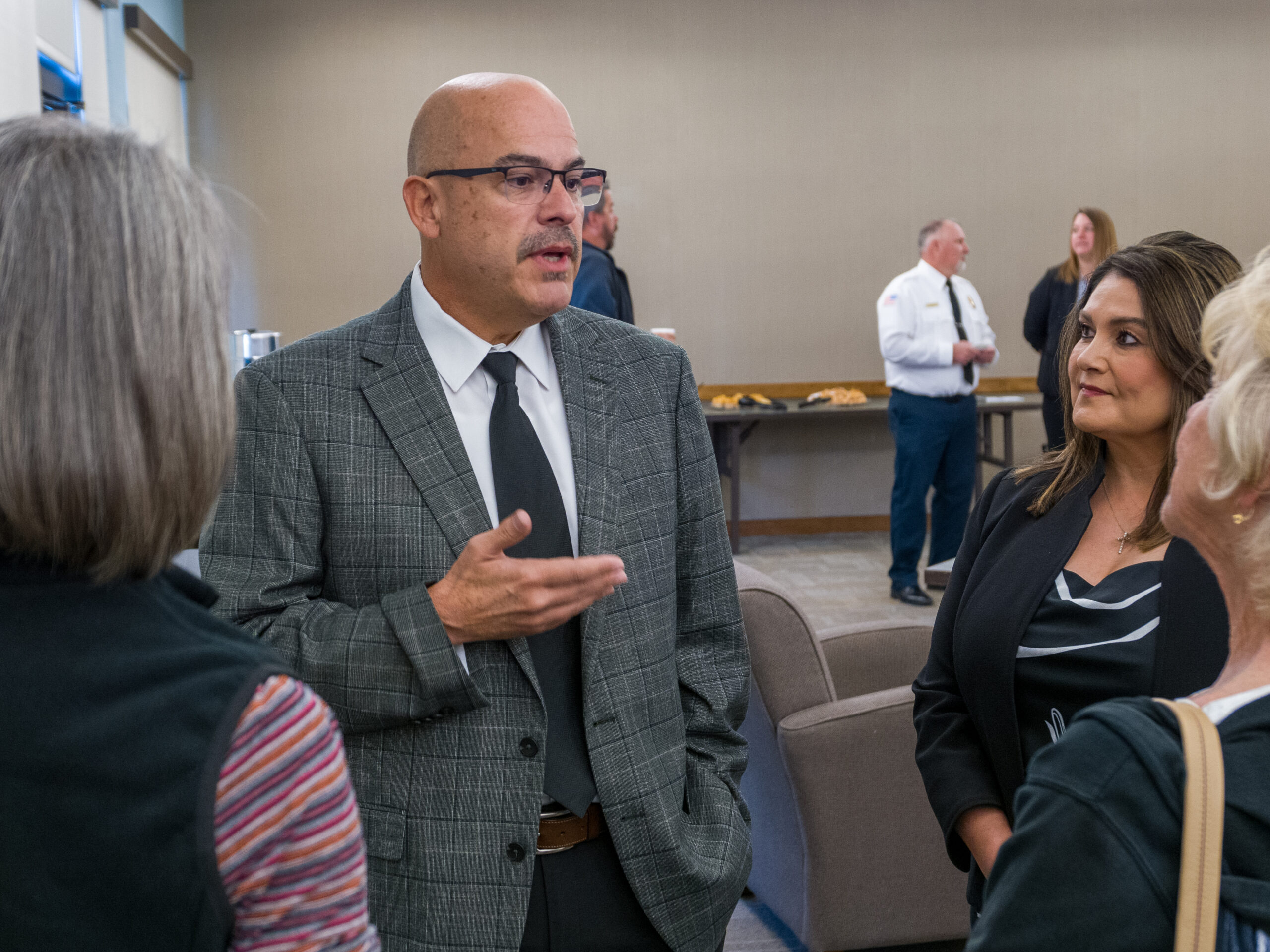Religious fundamentalism is a topic that often and easily results in controversial arguments.
In reply to this trend, Björn Krondorfer, professor of religious studies at Northern Arizona University, offered some academic insight on fundamentalism and explained the basics of fundamentalist movements in Christianity, Judaism and Islam. The presentation was hosted by the Church of the Red Rocks on Feb. 22.
Krondorfer started off by defining fundamentalism as scholars understand it. The term emerged as a self-description of American evangelicals in the late 19th century and publicly manifested itself in the 1920s with the publication of a newspaper called “The Fundamentalist.”
At the same time, fundamentalist movements also rose in Islam, such as the Muslim Brotherhood in Egypt, although in Judaism this development was delayed until after the founding of the state of Israel in 1948.
Fundamentalist movements have in common a yearning for a golden age, a time after which it is believed that history and society ended up on a wrong path. Contrary to popular belief, fundamentalist movements are dynamic, experimental and attract men and women alike. They also uphold strong gender divisions and specific gender roles, which are often perceived by their followers not as suppression, but rather a form of agency. Most of all, fundamentalist movements are a modern religious response and challenge to modernity.
Krondorfer defined the main features of fundamentalism:
- Scripturalism: The literal belief in a sacred text, from which a single truth is derived.
- Traditioning: The application of a mythic past to the present. As Krondorfer made clear, this is not to be confused with traditionalism, which is the practice of maintaining a certain way of being from a certain point in time onward.
- Purity: The effort to achieve and maintain moral and social purity, which distinguished members of the movement from outsiders.
- Activism: The effort to convince the rest of society of the movement’s beliefs.
- Totalism: A way of living in which religion informs every aspect of life.
- Selective modernization: The use of technology and other modern achievements for the benefit of the movement.
After this general overview, Krondorfer explained that the most important elements of Christian fundamentalism are dispensationalism — the belief that history will soon come to an end — as well as creationism and the desire to dispose of the division between church and state. Since most people in the audience were familiar with Christian fundamentalism, Krondorfer went into more detail with Jewish and Islamic fundamentalism.
Jewish fundamentalist movements can be categorized into Talmudic fundamentalists and Torah fundamentalists. The ultra-orthodox Haredim, for example, take the writings of Haredi Rabbi in the Talmud literally, and are therefore classified by scholars as Talmudic fundamentalists. The Haredim retreat from the rest of society and believe that when the Messiah comes, all Jews will be reunited in Israel. Because of this, they are mostly anti-Zionist, as they are certain that a secular state will not speed up the coming of the Messiah.
On the other hand, a group called the Gush Emunim can be designated as Torah fundamentalists. The members of this movement believe in the settling of Palestinian land as a religious mandate to hasten the coming of the Messiah. For the same reason, one of their main goals is to rebuild the Temple of Jerusalem. Krondorfer said that the Gush Emunim collaborate well with Christian fundamentalists, as the latter see the return of the Jews to Israel as a sign of the end of history and therefore support the aforementioned efforts.
In the last part of his presentation, Krondorfer explained that Islamic fundamentalists strive to recreate Ummah, which is the perfect model Muslim society built by the prophet Muhammad in Medina. This ideal society should be built on the laws of Sharia that includes guidelines on how to live a righteous life as a Muslim. The jihad, which simply translates to “struggle,” becomes the tool to build such a society and can be carried out by spoken word, pen or sword, but also includes the struggle against one’s own evil inclinations. Most importantly, jihad mandates that violence be only used as defense under severe attack.
At the end, Krondorfer was asked about his take on Islamic State of Iraq and Syria. He explicitly warned against equating the terrorist organization with Islam.
“If we read Islam through the eyes of ISIS, we really don’t understand Islam. It’s like understanding Christianity through the eyes of the KKK,” he said.
By Steph Berens



